What if there was a way to make your emails more effective?
You can with welcome emails.
Welcome emails are a great way for you to boost subscriber engagement naturally.
When they’re used well, these emails set the tone for the kind of relationship you’ll have with your email subscribers.
Unfortunately, welcome emails are often ignored by many marketers.
That’s a mistake because it’s harder to sell your products and services without welcome emails. In fact, 74 percent of your subscribers expect a welcome email when they subscribe to your list.
What makes welcome emails so special?
- 45 percent of purchases via subscribers happen after opt-ins and within the first 24 hours.
- They typically have a 50 to 60% open rate, which is higher than any other marketing email.
- Welcome emails, on average, have a 4x open rate and 5x click-through rate when compared to standard marketing emails.
- Subscribers who read at least one welcome email read 40 percent more content from the sender over the next 180 days.
Have you heard the saying, “It’s all about the list?” That’s partially true. It’s actually all about your relationship with your email list.
Why you need welcome emails
Your welcome email sets the tone of your relationship with each of your subscribers.
That’s important because it introduces subscribers to your way of doing things, giving them a good reason to read and engage with your content.
Before you write your welcome email, you’ll need to know who you’re speaking to.
You’ll want to have a clear idea of your audience. Who is your ideal subscriber? Are they the customers you’re looking for?
- Customer demand. Most of the time, our goal with subscribers is to turn them into customers, to get them to do something. The subscribers you pursue should meet two very important criteria: (1.) they’re able to buy and (2.) they’re willing to buy. If you want subscribers to become customers, you’ll need to ensure they meet both criteria. A welcome email helps you to confirm your subscribers are both willing and able to buy.
- Your target audience. This refers to entrepreneurs, moms, dentists, homeowners — the specific group of people you’re trying to reach. You should have a detailed understanding of the demographics and psychographics of your audience. When you’re collecting this data, your goal should be to gain an in-depth understanding of your subscribers and customers. This understanding gives you the vocabulary you need to show customers you understand them.
- Their pain and problems. What problems are these customers focused on? What are their pain points? There’s a good chance you already know if they’ve subscribed to your list. A great welcome email reminds subscribers about their problems and pain points, pointing to the solutions (products and services) that can fix them.
Poorly written welcome emails occur fairly often.
The biggest reason this happens is also the most common.
Marketers are sending the wrong emails to their subscribers! They aren’t sending welcome emails to them. They’re actually sending them confirmation emails.
Aren’t they the same thing?
Confirmation emails confirm a decision your subscribers have already made. Confirmation emails say things like:
- Thanks for subscribing or ordering a product.
- Please verify your email address.
- Add us to your email safe list.
- Welcome to our newsletter.
Make no mistake, confirmation emails are important. You’ve probably seen these examples before, and they’re all fairly straightforward.
But welcome emails serve a different purpose.
An engaging welcome email focuses on a few different goals. Let’s take a look at each of these goals.
Goal #1: Set subscriber expectations
What’s the biggest reason for email unsubscribes? If you guessed message frequency, you’re absolutely right.
A recent survey found that 45.8 percent of people unsubscribed from senders who sent too much email. People today are suffering from information overload.
There’s too much information to sort through and not enough time (or interest) to do it.
Message frequency came up again when survey participants mentioned that they could improve their marketing emails by simply sending fewer emails.
But, this doesn’t actually solve the problem.
Subscribers join your list with their own set of expectations — or worse, no expectations.
How many emails are too much? Send out too much content and you risk overwhelming and alienating your audience.
Send emails too infrequently and your subscribers will forget who you are, triggering another round of unsubscribes.
It’s a complicated problem because the amount of information we’re able to process is different from person to person.
Welcome emails solve the frequency problem.
Instead of relying on a customer’s idea of what is too much or too little, you set your own frequency. You tell your customers how often they’ll hear from you and allow them to decide.
Subscribers who are okay with your frequency will continue to receive the helpful information and content you offer.
Those who feel it’s too much are more likely to take what they came for, unsubscribe, and move on.
These unsubscribes are actually a good thing.
The purpose of email marketing, for most marketers, is to generate leads.
The problem is that most of the people on your list aren’t reading. They’re not engaging with your content, they’re not clicking through to read your blog posts, and they’re certainly not buying.
With welcome emails, you can sort your subscribers right from the beginning.
Customers can sort themselves by subscribing to additional lists for more content, removing themselves from a particular list, or unsubscribing completely.
Believe it or not, this keeps the quality of your email list high. How do you use this to write an engaging welcome email?
You start by setting expectations.
You can set subscriber expectations on just about anything. You can set expectations on:
- Message frequency (e.g. once a day, twice a week, four times a month, etc.)
- What your subscribers will receive from you (downloads, checklists, curated content, actionable advice, tools, etc.)
- When you’ll send subscribers emails (mornings, evenings, weekdays, or weekends)
- The format for each message (plain text, plain html, responsive)
- How long your messages will be (e.g. 100 words or less, 800 words, 1,200+ words)
There are lots of things you can do to guide and reinforce customer expectations.
The goal here isn’t to set expectations on each and every one of these items. It’s to find the biggest expectations, the ones that matter most to your customers, and act on them.
Setting these expectations allows customers to determine if they want to be part of your list or, if they prefer, to unsubscribe and move on.
Goal #2: Restate the benefits of being a subscriber
Your subscribers don’t know how great you are.
They don’t know about the things you’ve accomplished, the work you’ve done, or even what you can do for them.
Which is why it’s a good idea to restate the benefits of subscribing to your list.
When you spell things out clearly, they don’t have to wonder.
There’s no confusion about whether or not you can deliver what you’ve promised.
Once you show them the benefits of joining your list, the only question that remains is whether they’ll actually receive the benefits you’ve promised.
Here’s the tricky thing with stating benefits.
It has to be something that matters to your subscribers. This all comes back to the amount of upfront research you’ve done to know and understand your target audience.
If you understand your subscribers, you’ll have a pretty good idea of the things that matter to them. When it comes to benefits there are a few different kinds.
- The obvious benefits. These are the easy-to-understand benefits subscribers receive when they join your list. It could be a free download or checklist, access to a free tool you’re offering on your site, discounts, or a quiz that answers an important question. You can confirm this benefit by simply telling them what they’ve already received.
- The hidden benefits. These are unexpected or unannounced benefits subscribers receive when they join your list. This could be “subscribers-only” content, exclusive discounts, or helpful deals you’re able to share with them. These are helpful resources you know your subscribers will actually want.
- Surprising benefits. Giving subscribers free gifts, offering access to unannounced events, or providing helpful bonuses to supplement your content, tools, or resources. These surprises are pleasant and very, very effective at keeping your subscribers engaged — if you’re able to determine what they want. Do it right and you’ll train your subscribers to eagerly wait for your email content.
- Recurring benefits. Sharing birthday or anniversary rewards, annual discounts, recurring events, and annual research reports — these are all great examples of recurring benefits. Anything beneficial you share with your subscribers on a recurring or semi-recurring basis can be included as a recurring benefit. Not only is it something subscribers are likely to engage with, but it also gives them a strong reason to stick with you.
Consumers see an average of 5,000 ads per day.
They’re inundated with advertisements, news portals, social media platforms, and marketers fighting for their attention.
They’re completely overwhelmed.
Subscribers, for the most part, won’t take the time to search for the answer to, “What’s in it for me?” If you want them to know, you’ll have to tell them.
Goal #3: Ask your subscribers to make lots of micro-commitments
You wouldn’t propose on the first date, would you?
That sounds ridiculous, doesn’t it? Yet, that’s exactly what many of us do when someone subscribes to, follows, likes, or engages with our content.
If you’re active on Twitter, you know what I’m talking about.
What’s the first thing most people do when they gain a follower on social networks? They ask for a big commitment.
They push for the sale, ask for a meeting, or impose on your time. This approach asks for a large commitment way too soon, turning customers off in the process..
Many marketers make the same mistake with their email lists. They immediately hit their subscribers with a hard sell.
This kind of selling pushes subscribers away and encourages unsubscribes.
A better idea is to use a micro-yes sequence to build your relationship with subscribers. A micro-yes sequence is helpful because it makes saying “yes” a habit.
As you can imagine, it’s much easier to sell products and services when your customer is used to saying yes. Here’s why a micro-yes sequence helps you sell more products and services.
- Subscribers learn to trust you.
- Your subscriber’s trust in you grows as they grow more comfortable with you.
- A micro-yes sequence leads customers to the big yes at their own pace.
- It allows you to verify and validate each subscriber.
- With the micro-yes, you’re able to get the feedback you need to prepare for the next yes.
- You’re able to focus your customer’s attention on one offer.
- You’re able to turn subscribers into customers, leading them to a bigger and bigger yes.
The micro-yes sequence is actually better because it allows you to build a strong relationship with your subscribers quickly. Here are a few of the micro-yeses you can use in your sequence.
- Creating email subject lines that entice subscribers to click
- Using a compelling headline on your blog post or landing page
- Engaging content that gets your subscriber’s attention
- Asking for feedback or comments
- Requesting a like or share
- Inviting subscribers to start a quiz
It all starts with the welcome email.
There are quite a few ways for you to ask for, and receive a commitment from your subscribers. The thing that stands out with each of these?
The request is small.
For your business, using the welcome email could be the first micro-yes in your sequence, showing them how things work.
That’s exactly what an online food retailer does with their welcome emails.
Thrive, a membership-based natural and organic retailer, offers their food at reduced costs. In their welcome email, they offer subscribers the chance to shop by values.
Thrive shows their subscribers that they’re discerning. They know you. They know what you want, how you want it, and even the brands you prefer.
The micro-yes in their welcome email isn’t asking for money.
They don’t jump into a hard sell.
They just ask you to take a look at all of the values they cater to on their site. It’s an easy request and there’s very little risk involved.
There’s nothing wrong with taking a look, right?
When you click through to their site, you’re greeted with an easy-to-scan, easy-to-read landing page that leads you right to the values that matter most to you.
Their list of values makes it simple and easy to find what matters most to you.
They aren’t pushing for the big sale (membership subscription) immediately. They’re using their welcome emails to create a micro-yes sequence.
They’re asking subscribers to say yes to small seemingly insignificant things.
Their welcome emails hook subscribers with a strong value proposition, giving them the safety they need to browse around.
You can do the same things, too.
Make the micro-yes sequence a habit. Make it a habit to ask customers for their help with small, seemingly insignificant things.
You can ask directly (e.g. click to learn more) or your request can be indirect with a strong headline or compelling introduction. But the focus is the same.
Use micro-yeses to lead subscribers to the big yes (become a customer).
Goal #4: Create attention, curiosity, interest, and desire
Your subscribers want engaging content and you want to create engaging content. So, why is it a struggle for so many businesses?
They struggle because they’re simply unable to create the kind of content they need.
The three biggest obstacles to creating attention, curiosity, interest, and desire?
Businesses don’t have the time, can’t seem to produce enough content, and struggle to produce the kind of engaging content that attracts subscribers and customers.
The solution to this problem?
Create emotional content that increases subscriber engagement. You’ll increase sales dramatically.
With emotion-driven content, you’ll be able to create content that’s engaging and attractive to subscribers. And an increase in content quality makes up for the lack of quantity.
What does this have to do with your welcome email?
With your welcome emails, you can point new subscribers to the engaging content you’ve produced, creating attention, curiosity, interest, and desire.
This increases sales naturally when combined with a deep understanding of your customers.
Remember, 45% of purchases via subscribers happens after opt-ins and within the first 24 hours. Pointing new subscribers to popular content increases sales dramatically.
Fatherly, a content site focused on millennial dads, sends new dads a welcome email.
Scroll through their welcome email and you’ll see that they share attention-grabbing content with new subscribers.
Almost immediately, Fatherly focuses on engaging with new dads. Using engaging content, Fatherly grew to an audience of more than 3.5 million dads.
Attracting subscribers and pointing them to your best content is a strategy that’s working for Fatherly.
How do you get welcome emails to work for you?
- Find an audience that’s both willing and able to buy your product or service.
- Make sure you have an in-depth understanding of your audience.
- Focus your content on your audience’s pain points and problems.
- Create a welcome email that’s personal and focused on your subscribers.
- Use your welcome emails to set expectations.
- Restate the benefits of being a subscriber in your welcome email.
- Ask for the micro-yeses in your welcome emails.
- Create attention, curiosity, interest, and desire in your welcome emails.
When they’re used well, welcome emails are an incredibly effective way to increase subscriber engagement.
Use them to welcome subscribers who’ve joined your email list, whether that’s a straightforward newsletter, lead magnet, contest, autoresponder sequence, or content upgrade.
Conclusion
Your email marketing campaigns can be more effective.
With welcome emails, you have the chance to boost subscriber engagement, turning casual readers into loyal customers.
Writing an engaging welcome email sets the tone for your relationship with subscribers.
A great welcome email can create highly engaged subscribers and a healthy list. Poor or non-existent welcome emails lead to low engagement and a consistently high number of unsubscribes.
It’s really up to you.
Most subscribers expect a welcome email, but many marketers choose to send subscribers a confirmation email instead. That’s the wrong approach.
Treat your welcome emails like the opportunity it is and you’ll find your subscribers are more engaged.
You’ll see more opens and more click-throughs. Your customers will read and absorb more of your content.
How have you used email content to increase engagement in your business?
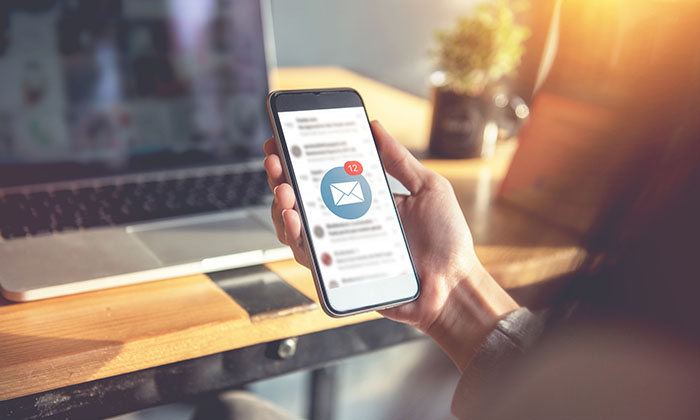
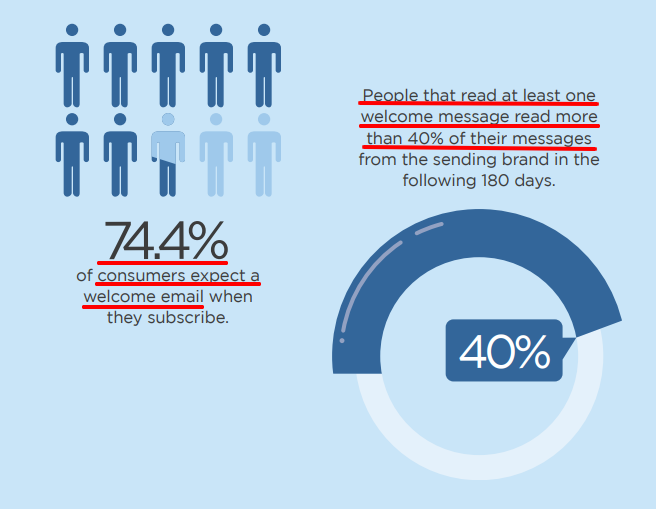
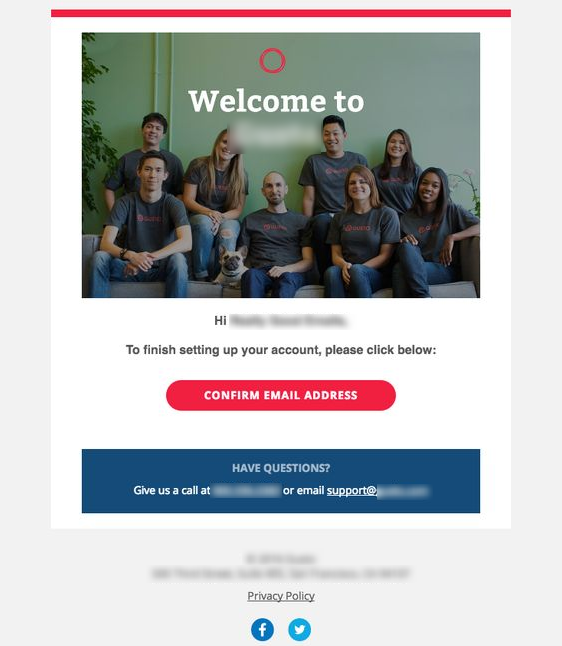
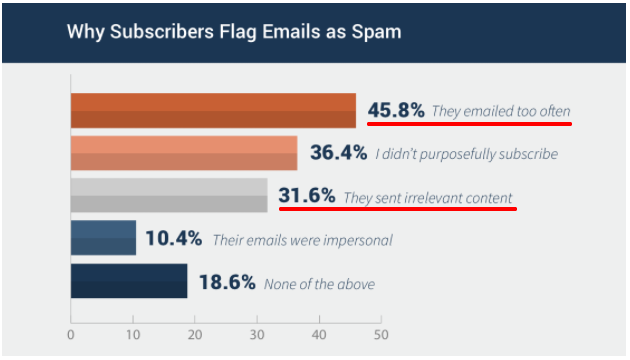
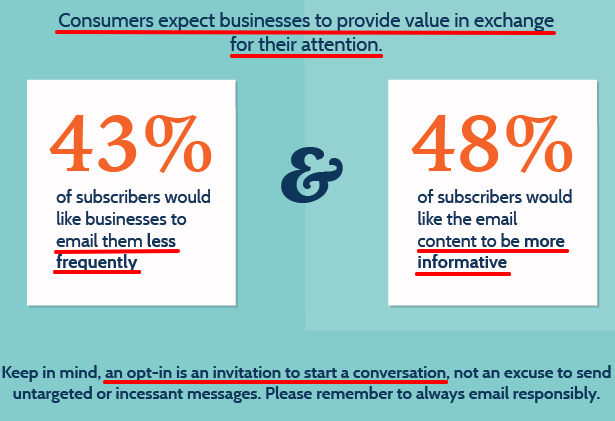
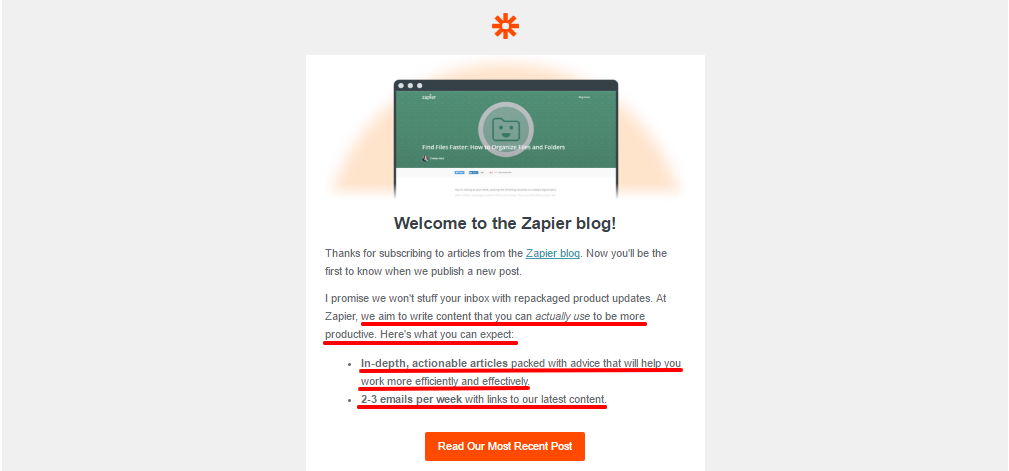
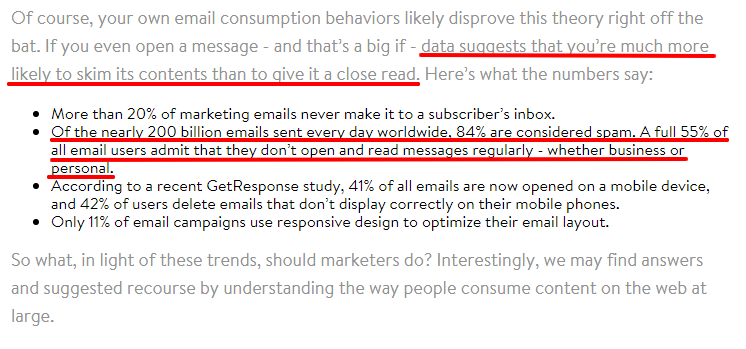

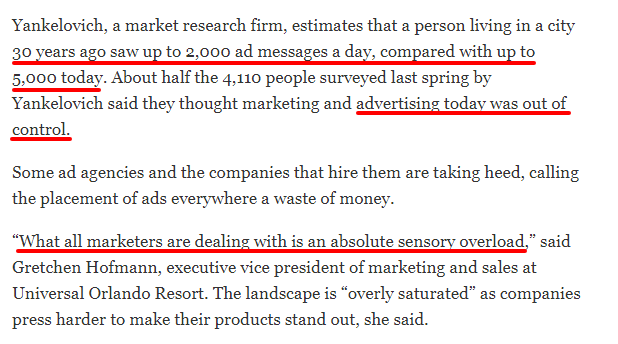
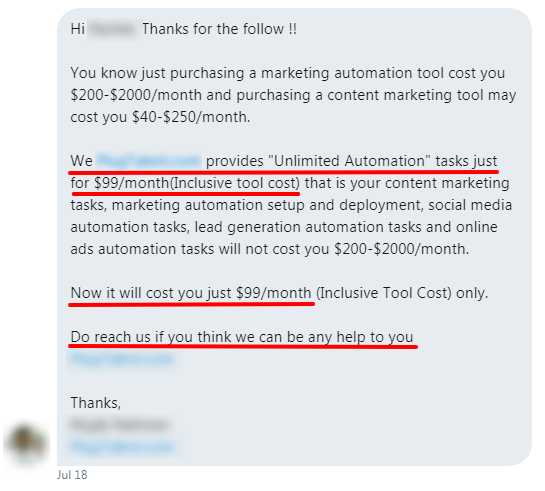
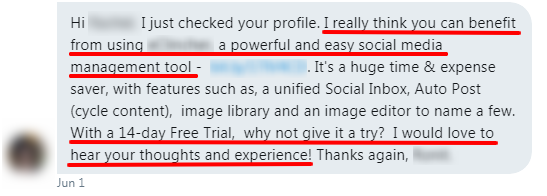
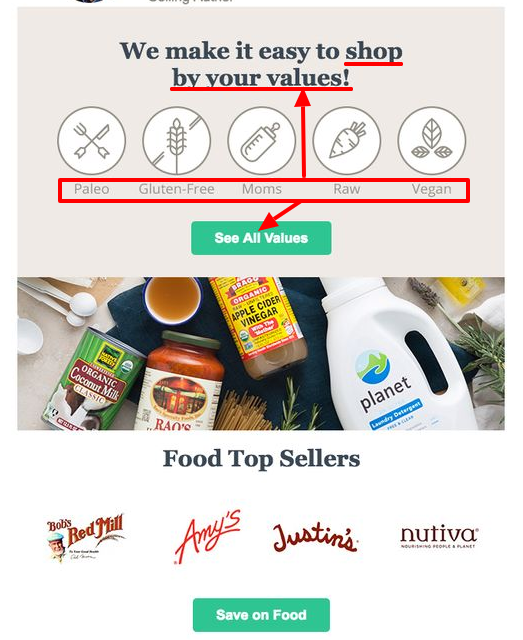
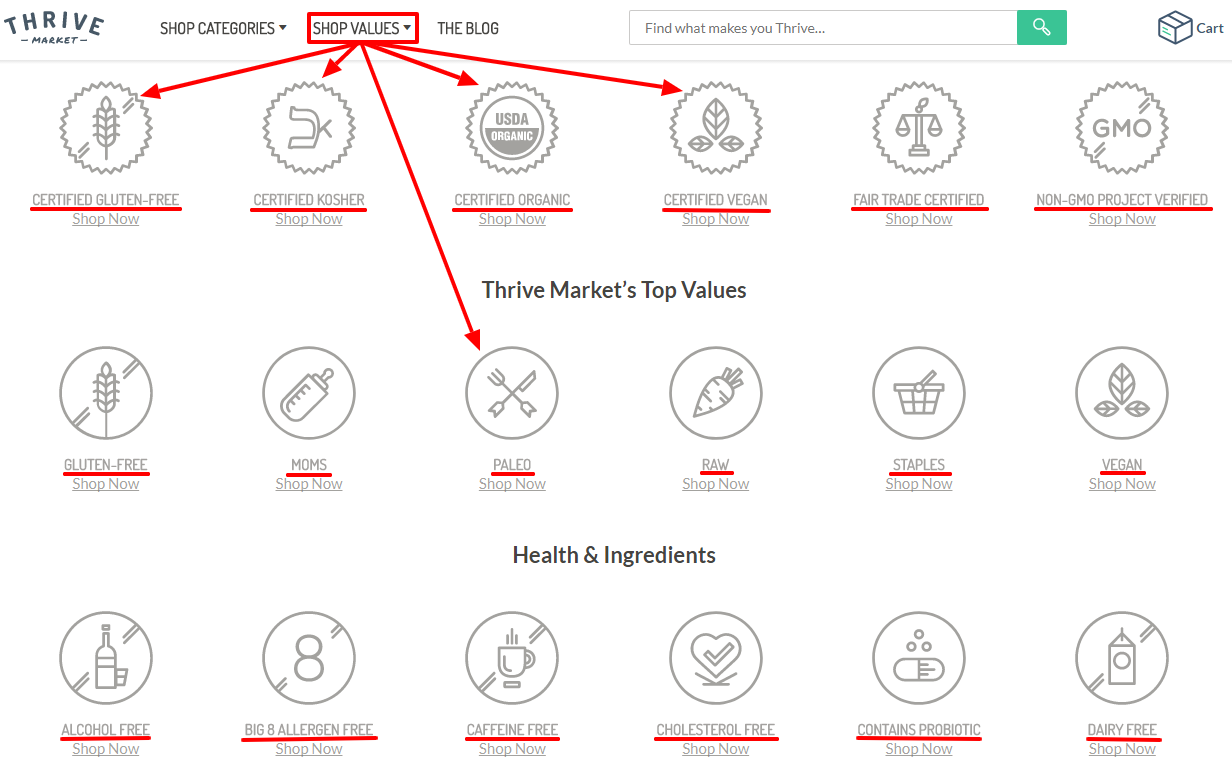
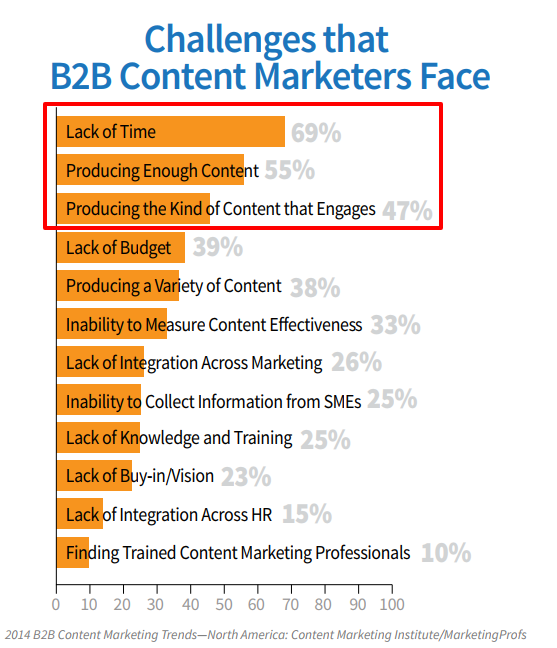
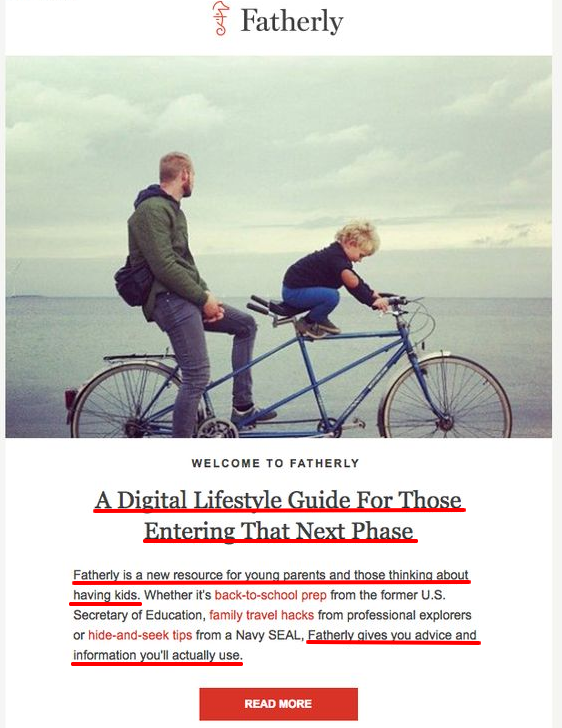
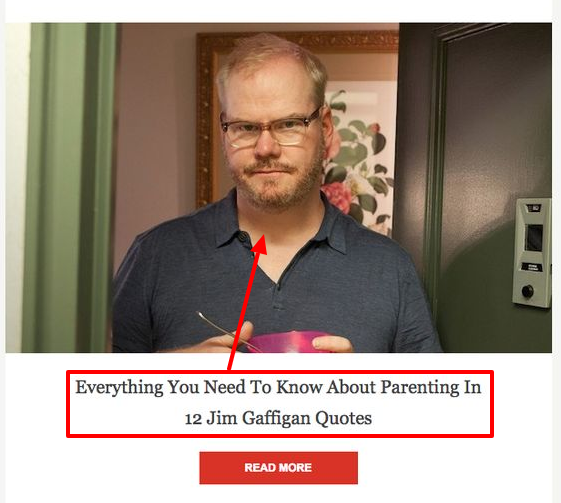
Comments (10)